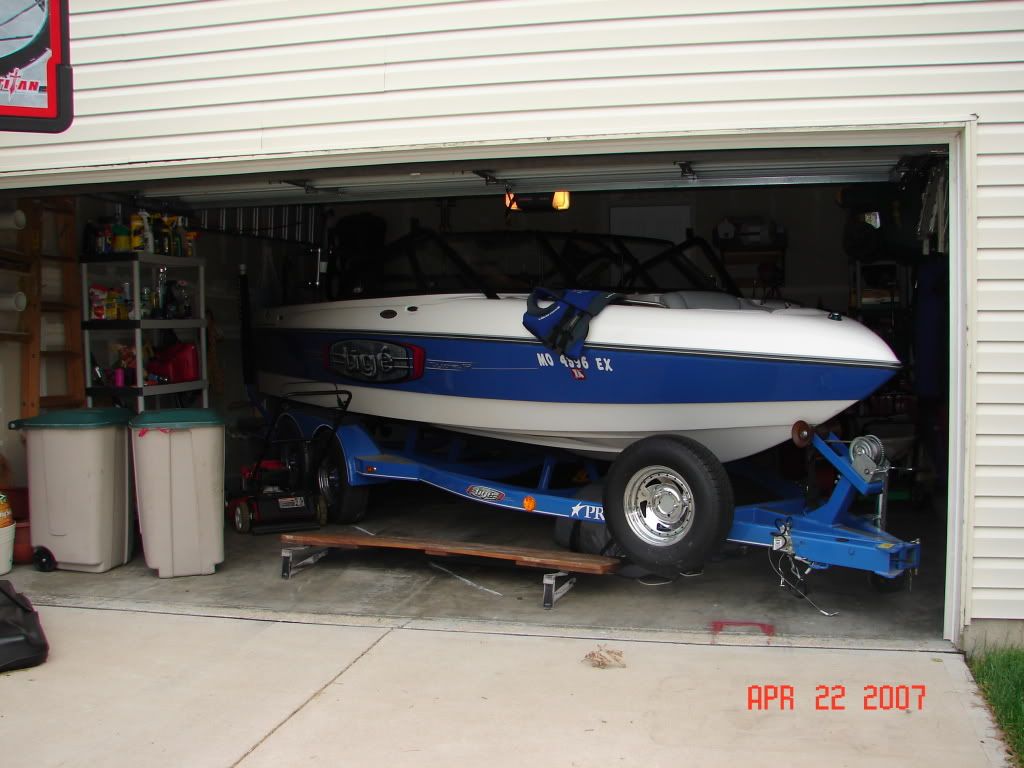Originally posted by talltigeguy
View Post
On powered axles, this is the reason for a differential. On passive axles (like a trailer), no differential is required as long as the wheels are independent.
Forgive me if I misunderstand your point.





Comment